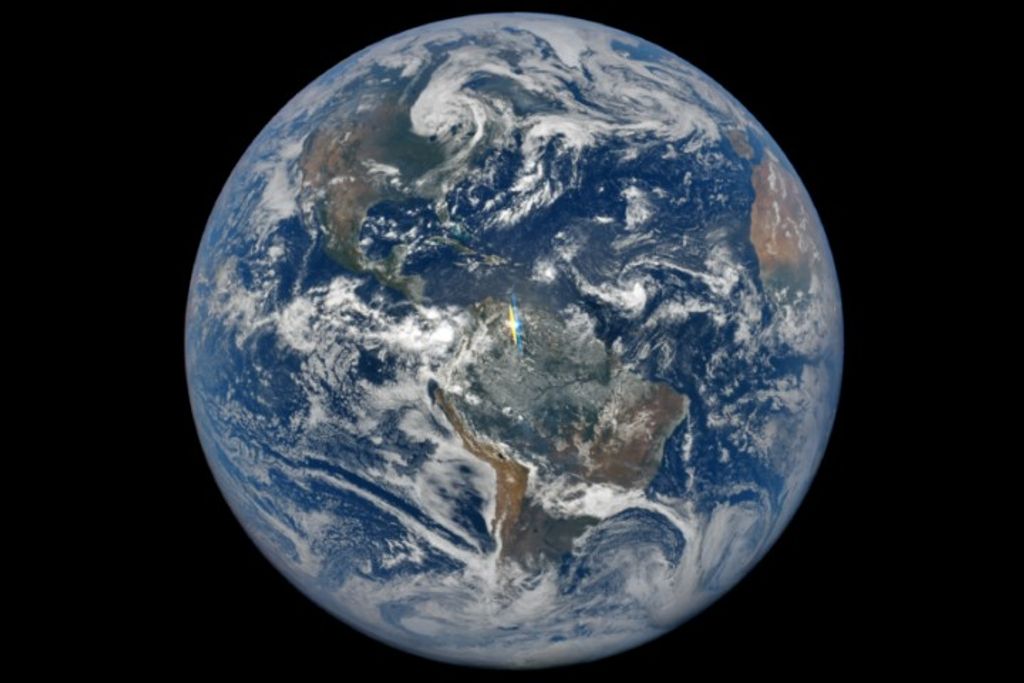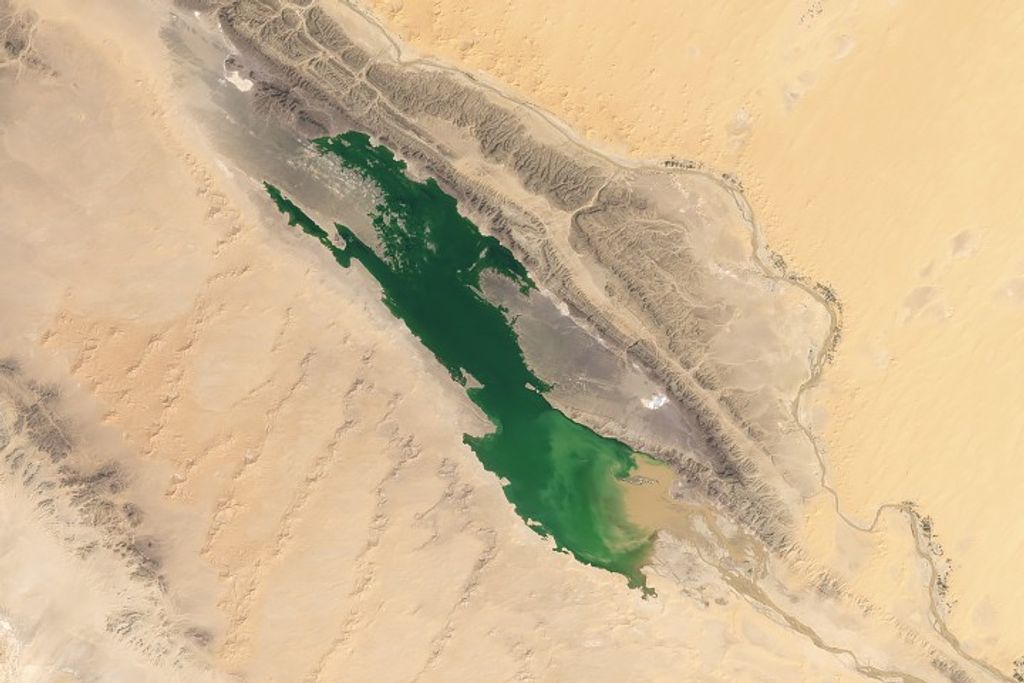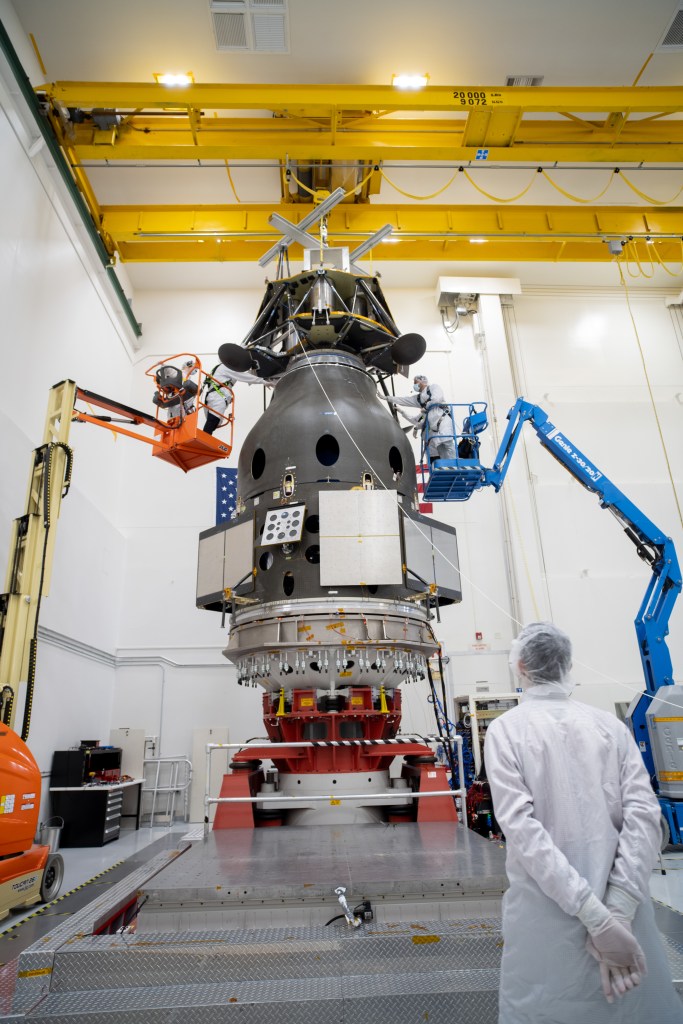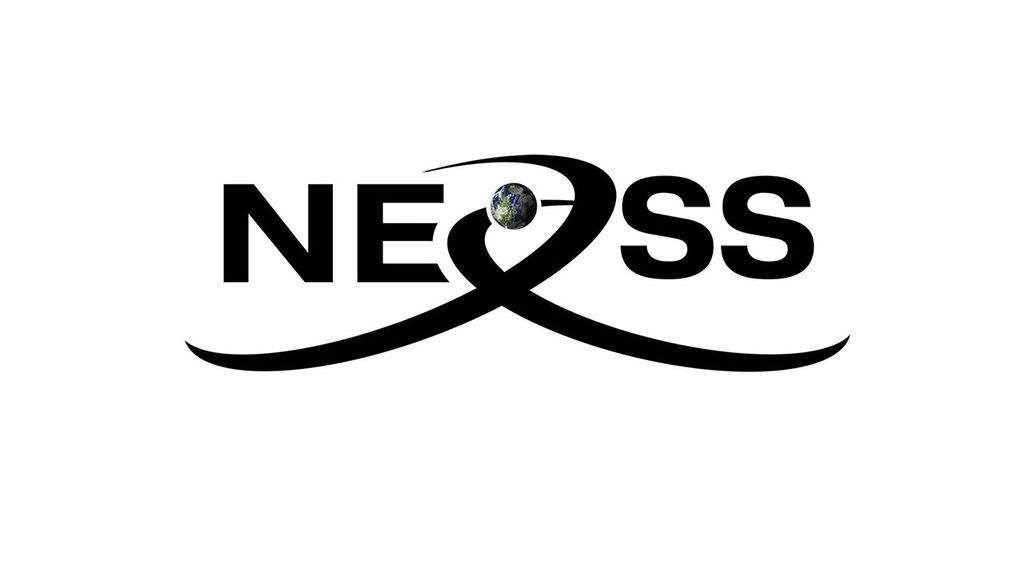When you think of a research laboratory, you probably imagine a room filled with advanced and specialized equipment. However, not every research task requires fancy devices. Some perfectly common items can be used to do cutting-edge research in clever, unexpected ways. Scientists working in the field of space biosciences at NASA’s Ames Research Center, in California’s Silicon Valley, are studying how Earth life is affected by the conditions of space – very low gravity and high levels of radiation, in particular. Let’s explore some of the challenges they run into in their research and the hacks that help them get the job done.
Working with Fruit Flies on the Fly
Challenge: Anesthetizing fruit flies outside the lab
Hack: Antacid tablets and water
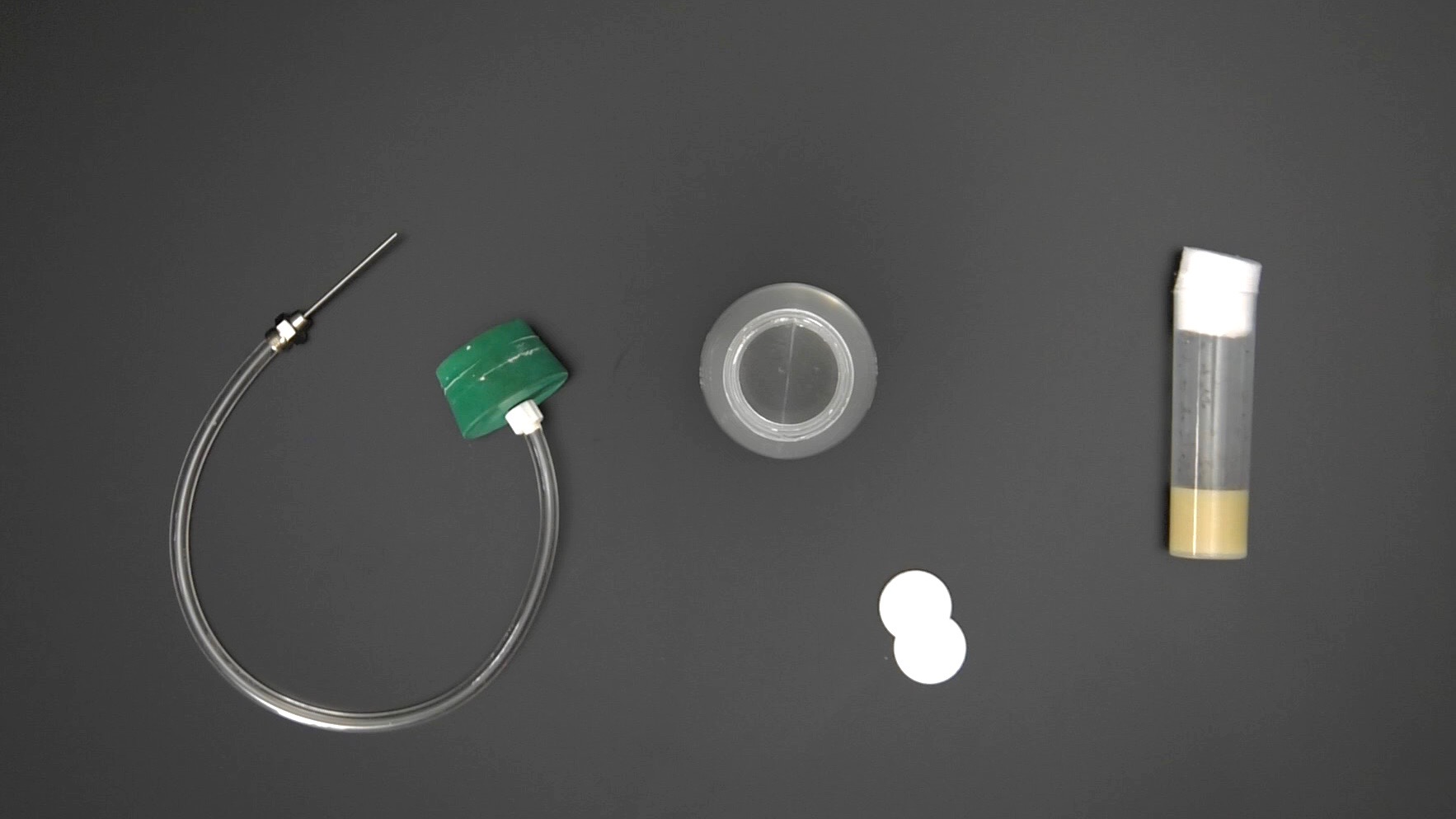
Scientists from the Fruit Fly Lab at Ames use carbon dioxide to put fruit flies to sleep for short stretches of time so that they can be transferred between bottles or sorted into groups for experiments that will be sent to the International Space Station. This research helps us learn how the human body, including the heart, immune system, nervous system and more, will react to spending long periods of time in space. In the lab, the scientists use big tanks of compressed carbon dioxide, but they needed a portable source that they could use to anesthetize flies at other locations. For instance, when an experiment returns from space, the flies are retrieved from the hardware they traveled in, transferred to bottles and transported to labs to be studied. For that on-the-go carbon dioxide, the researchers had to get creative.
Effervescent antacid tablets are usually used to relieve heartburn and indigestion. However, when combined with a little bit of water, they can also be used to create carbon dioxide. Here’s how it works: The tablets contain two substances that don’t react with each other as long as they are dry powders. But when the tablet is dropped in water, the two components dissolve and react, creating bubbles of carbon dioxide. Knowing this, the researchers rigged up a device using a spare fly bottle, a rubber plug, tubing and a blunt needle. They put antacid tablets and water inside the fly bottle, quickly seal it before the gas can escape, and stick the blunt needle into sample tubes that they want to fill with carbon dioxide.
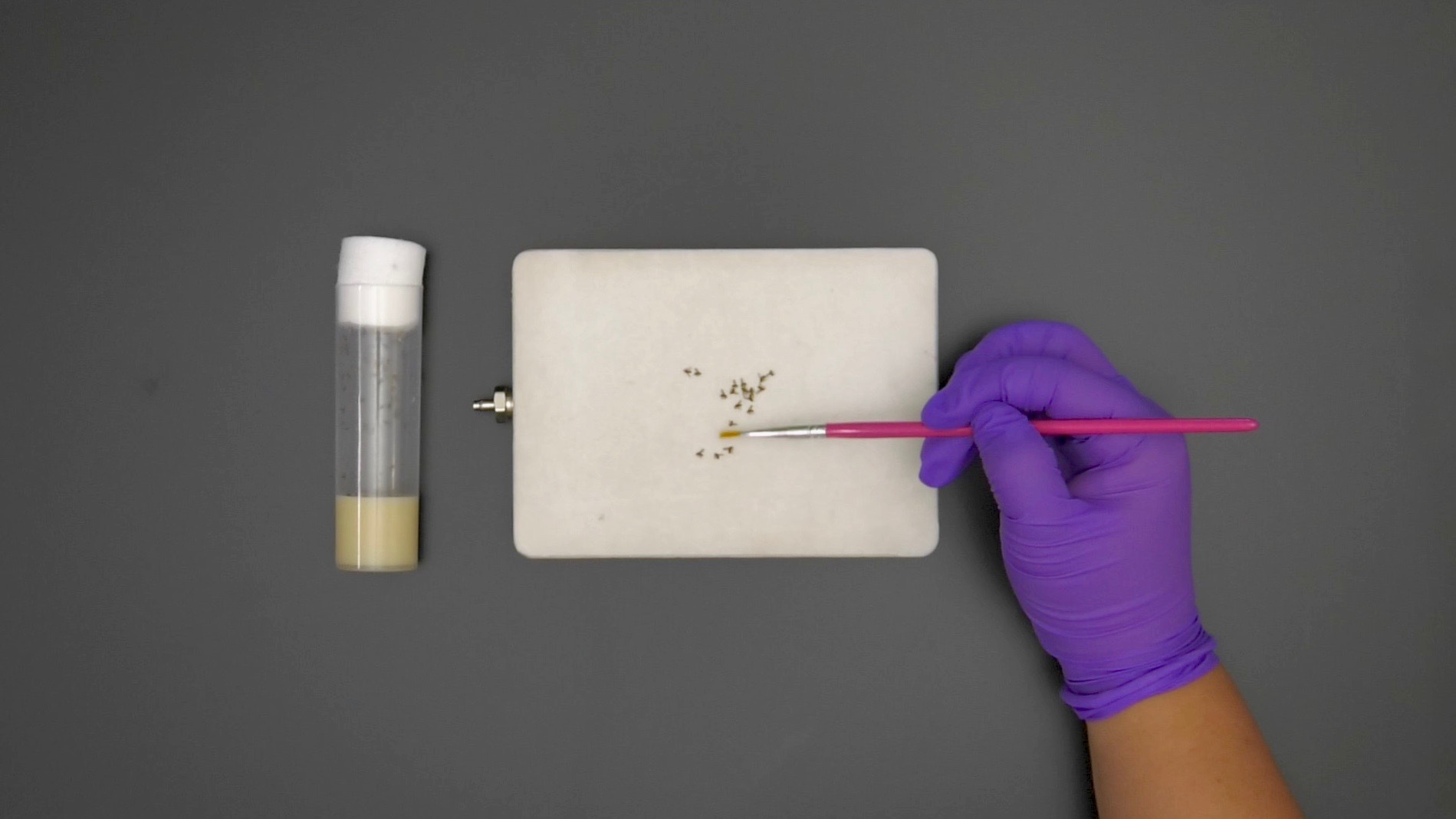
Time Flies Like an Arrow; Fruit Flies Like a Paint Brush
Challenge: Maneuvering tiny fruit flies under a microscope
Hack: Paint brush
Artists create beautiful works of art using paint brushes, but they’re also perfect for maneuvering small, delicate objects – like fruit flies – under the microscope. One common task for NASA fruit fly scientists is sorting flies. Before running experiments on Earth or in space that require specific kinds of flies, the researchers divide the flies into groups based on age, sex, health and other physical traits. Paint brushes make this painstaking task possible, as the soft but sturdy bristles allow precise handling of the tiny flies.
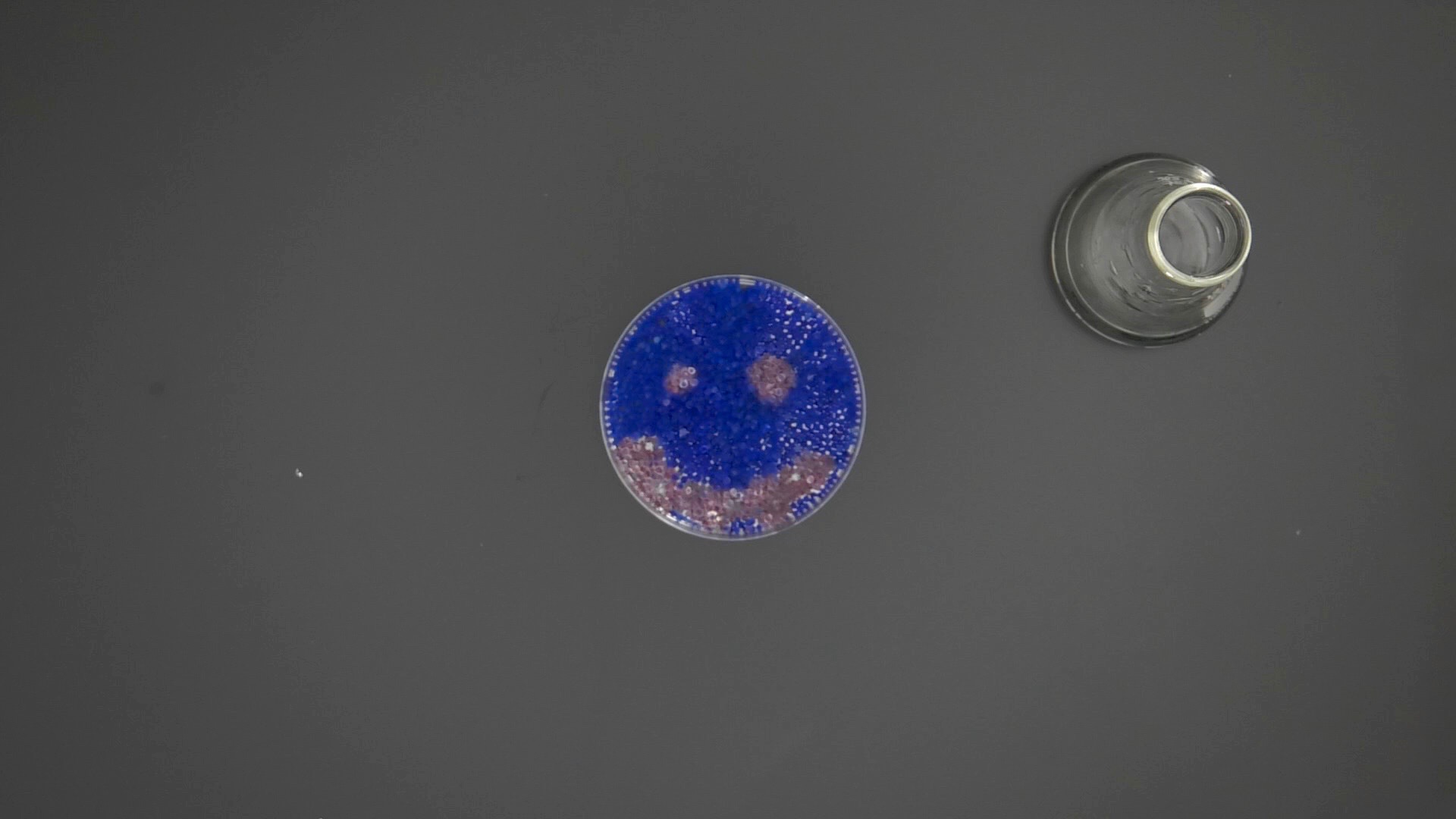
Fresh Air Up There
Challenge: Recycling air on the International Space Station
Hack: Silica gel beads
Silica gel packets are often found in items that need to be kept dry, like new shoes and electronics, vitamins and beef jerky. Silica gel beads inside the packets absorb moisture from the air around them. Similar beads are also used on the International Space Station – just many more of them!
Moisture from the astronauts’ breath accumulates in the air along with the carbon dioxide they breathe out. Because this moisture interferes with the process that removes carbon dioxide, it must be absorbed first. The silica gel beads are part of a life support sub-system called the Carbon Dioxide Removal Assembly. First, the silica gel absorbs water from the air that’s passing through the system to be recycled. Then, the dry air is passed through materials that absorb the carbon dioxide from it, before new oxygen is mixed in to make it ready for astronauts to breathe again. The silica gel is then regenerated by passing warm dry air (minus the carbon dioxide) back through it, which drives the moisture back into the cabin air where it can be collected and recycled by another part of the life support system.
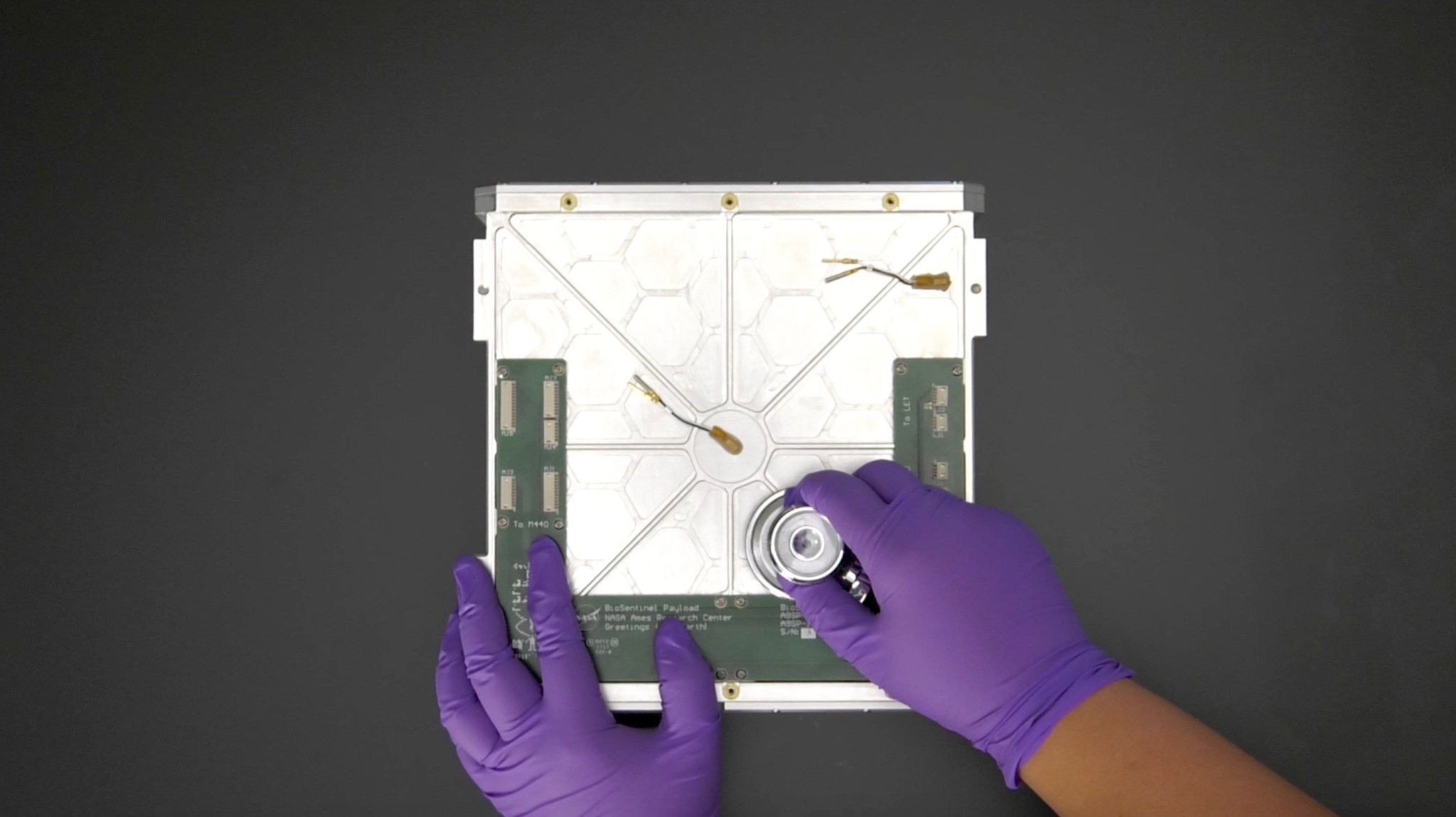
Spacecraft Check-Up
Challenge: Listening in on a satellite’s internal parts
Hack: Stethoscope
Doctors use stethoscopes to hear their patients’ heartbeats and so do NASA engineers – to listen inside their hardware and make sure everything’s working properly before it flies in space. For example, the BioSentinel microsatellite, which weighs only about 30 pounds, houses a biology experiment that will fly beyond the Moon to test the effects of space radiation on yeast cells it’s carrying inside. The hardware includes tiny valves that direct the flow of liquids from one point to another – something like the valves controlling blood flow through our veins.
These valves make a clicking sound loud enough to hear when you’re standing nearby in a quiet room. However, when the engineers need to work on the satellite in a noisy environment, such as a sterile work area in the lab with loud fans blowing, a stethoscope allows them to hear and check the valves without taking apart the hardware and risking contamination.
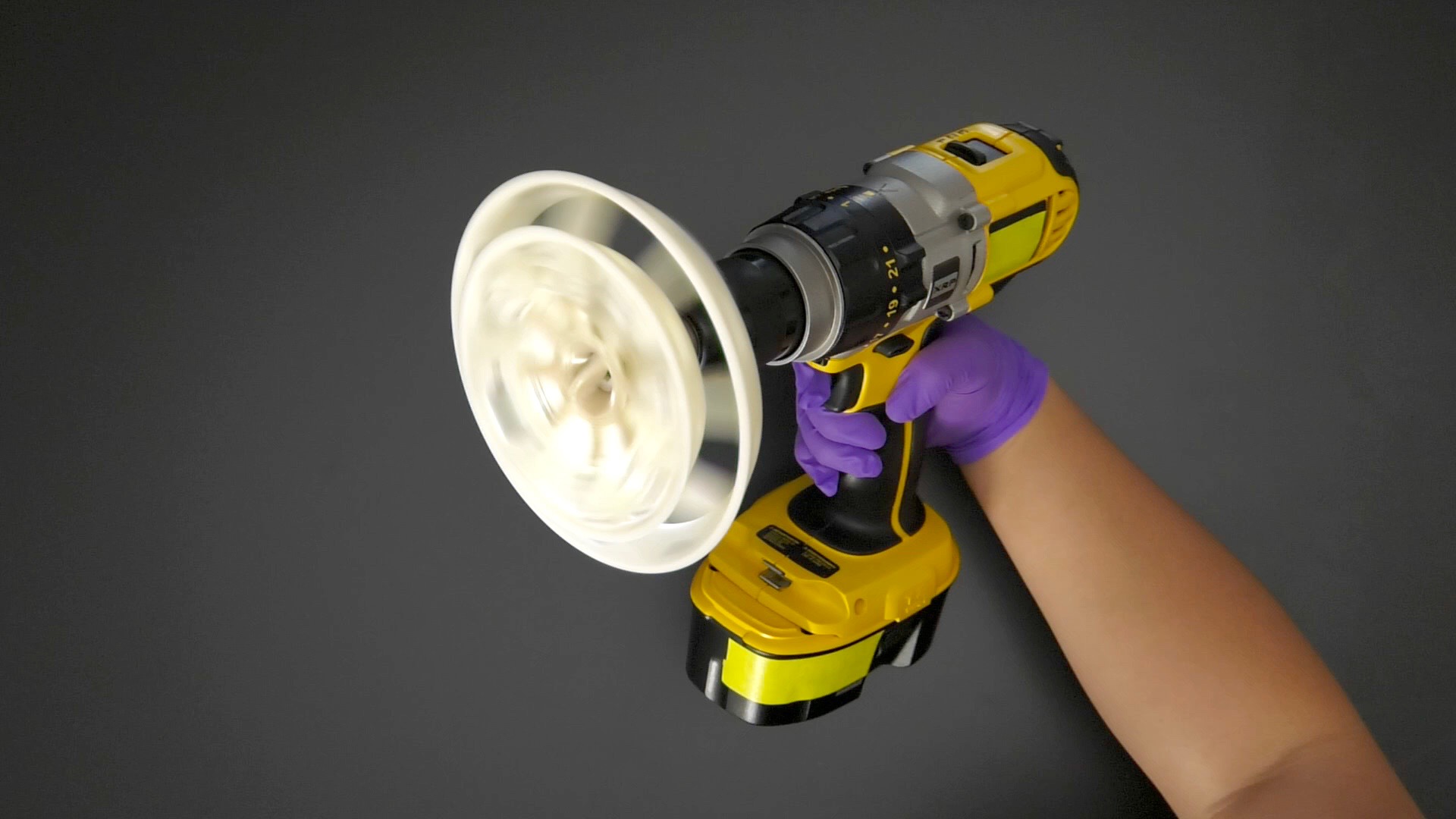
Taking Space Biology for a Spin
Challenge: Getting liquids to the bottom of a tube – without gravity
Hack: Power Drill
Power drills for maintenance and construction are an essential part of any home improvement tool kit. But astronauts on board the International Space Station are useing them in a more unusual way: as centrifuges, which are commonly used equipment in biology labs. They spin at very high speeds and make use of the force that seems to pull things toward the outside of a turning circle – the same thing you might feel on a fast-spinning amusement park ride. This is very helpful in pulling liquids to the bottom of small tubes for the purposes of biology experiments – especially in space, where gravity definitely can’t do it for you.
Lab centrifuges are generally big pieces of equipment, though, and it wouldn’t be practical to send one to the space station. To solve this issue, engineers at NASA Ames designed a 3D-printed, plastic rotor that holds tubes of scientific samples and fits on a power drill just like a drill bit. When spun at high speeds by the drill, the rotor acts like a centrifuge without all the bulk of the traditional ones on Earth.
This simple-but-genius solution for doing science on the space station is one small piece of NASA researchers’ efforts to create smaller, simpler systems for doing complex biology in space. Hacks like these come from the creativity and ingenuity that scientists in the Space Biosciences Division at Ames bring to their work.
Learn more about these space biology hacks, plus see them in action, on the Genius Space Hacks episode of NASA in Silicon Valley Live.








